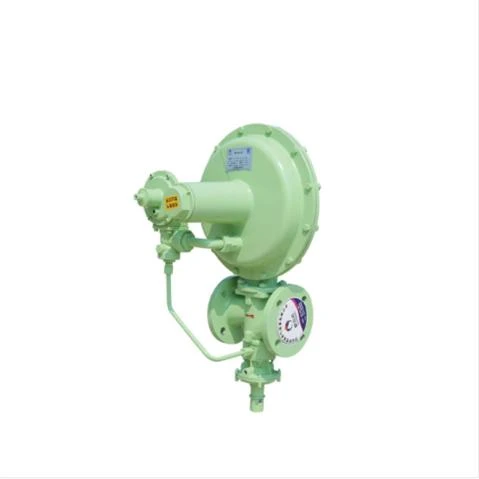
Dec . 17, 2024 12:26
Back to list
Pressure Vessel Safety and Efficiency in Industrial Applications
Understanding Pressure Vessels Function, Design, and Safety
Pressure vessels are essential components in many industrial processes, used to store gases and liquids at high pressures. These specialized containers play a crucial role in various sectors, including oil and gas, chemical processing, power generation, and even food production. This article delves into the fundamental aspects of pressure vessels, exploring their design, application, and safety considerations.
What is a Pressure Vessel?
A pressure vessel is defined as a container designed to hold gases or liquids at a pressure substantially different from the ambient pressure. These vessels can be built from a variety of materials, with steel and composite materials being the most common due to their strength and resistance to high pressures and temperatures. The sizes of pressure vessels can range from small canisters to large storage tanks that hold thousands of liters of liquids.
Design and Construction
The design of a pressure vessel involves various engineering principles and must consider factors such as material strength, operating temperature, and pressure. One of the key aspects of designing a pressure vessel is ensuring that it can withstand both the internal pressure and external forces, such as weight and seismic activity. Engineers utilize standards and codes, such as ASME (American Society of Mechanical Engineers) Boiler and Pressure Vessel Code, which set rigorous safety and design criteria.
The process of constructing a pressure vessel typically includes
1. Material Selection The choice of materials is crucial, as they must withstand the specific pressure and temperature conditions without deforming or failing. Common materials include carbon steel, stainless steel, and specialized alloys. 2. Fabrication The fabrication process involves cutting, shaping, and welding the material to form the vessel. Precision is essential to ensure that joints and seams can handle the pressure.
3. Testing Before a pressure vessel can be put into service, it undergoes rigorous testing, including hydrostatic tests (which use water to check for leaks) and non-destructive testing methods to evaluate the integrity of the welds.
.
Pressure vessels are used across various industries for multiple applications
وعاء الضغط

- Chemical Processing In chemical plants, pressure vessels store intermediate and final products and facilitate reactions that require high pressure. - Oil and Gas These vessels store natural gas and crude oil, as well as the gases produced in refining processes.
- Power Generation In power plants, pressure vessels are used for steam generation and to operate turbines.
- Food and Beverage Some pressure vessels are employed to pasteurize food products and beverages, ensuring safety and extending shelf life.
Safety Considerations
The potential hazards associated with pressure vessels, such as explosions or leaks, necessitate strict safety protocols. Regular inspections and maintenance are crucial in preventing failures. Some common safety measures include
- Pressure Relief Valves These devices automatically release pressure if it exceeds safe limits, preventing catastrophic failure.
- Regular Inspections Periodic inspection and maintenance checks are mandated by law to ensure safety and compliance with industry standards.
- Worker Training Personnel working with or around pressure vessels must be properly trained to recognize hazards and respond to emergencies.
Conclusion
Pressure vessels are indispensable in many industrial operations, helping to enable efficient processing and storage of high-pressure materials. Understanding their design, applications, and safety measures is critical for anyone involved in industries that rely on these vital components. As technology advances and more stringent safety regulations are put in place, the evolution of pressure vessel design will continue, ensuring they remain safe and efficient in meeting the needs of modern industries.
Next:
Latest news
-
Safety Valve Spring-Loaded Design Overpressure ProtectionNewsJul.25,2025
-
Precision Voltage Regulator AC5 Accuracy Grade PerformanceNewsJul.25,2025
-
Natural Gas Pressure Regulating Skid Industrial Pipeline ApplicationsNewsJul.25,2025
-
Natural Gas Filter Stainless Steel Mesh Element DesignNewsJul.25,2025
-
Gas Pressure Regulator Valve Direct-Acting Spring-Loaded DesignNewsJul.25,2025
-
Decompression Equipment Multi-Stage Heat Exchange System DesignNewsJul.25,2025

